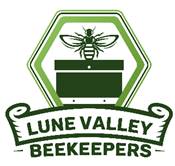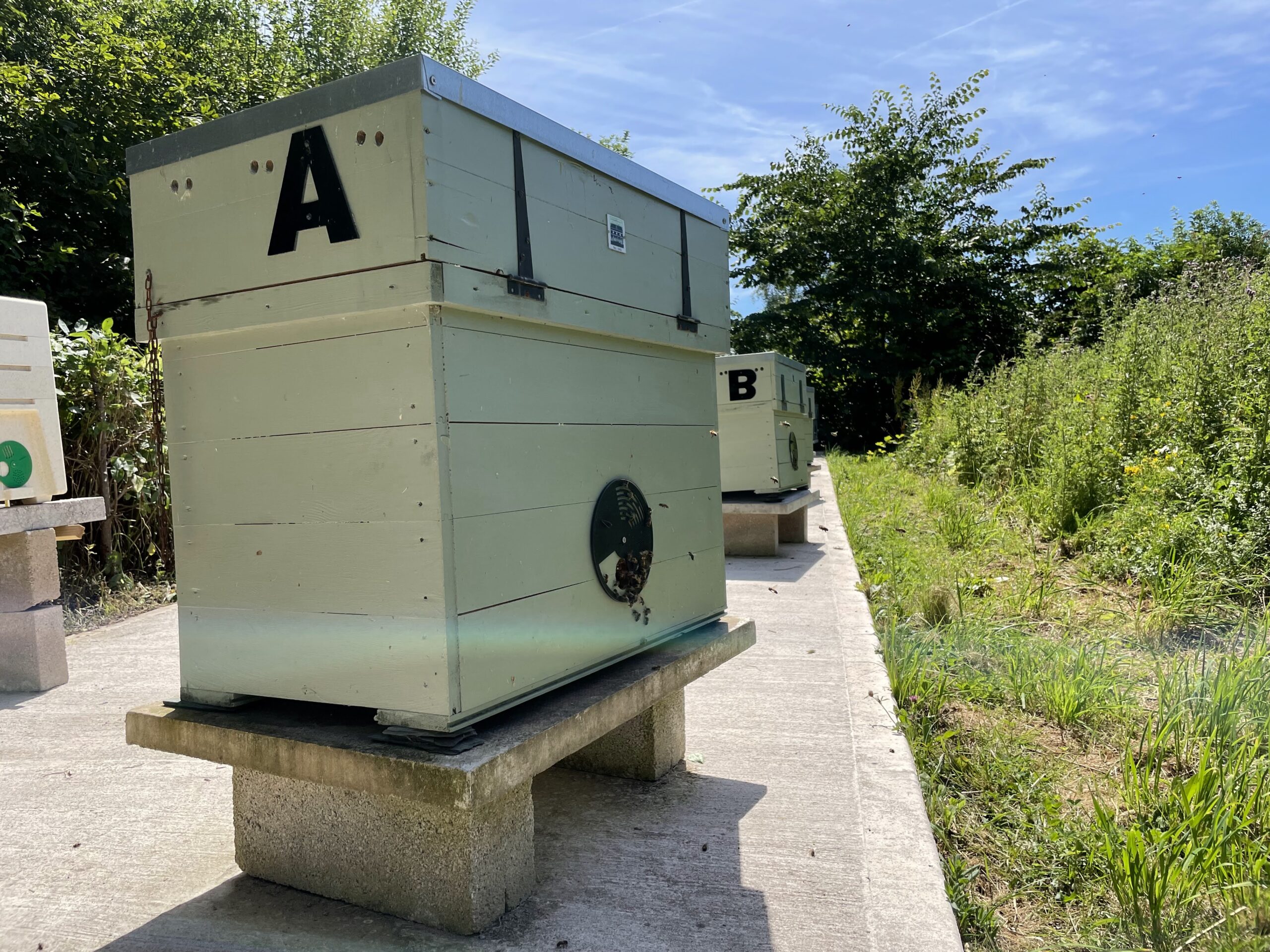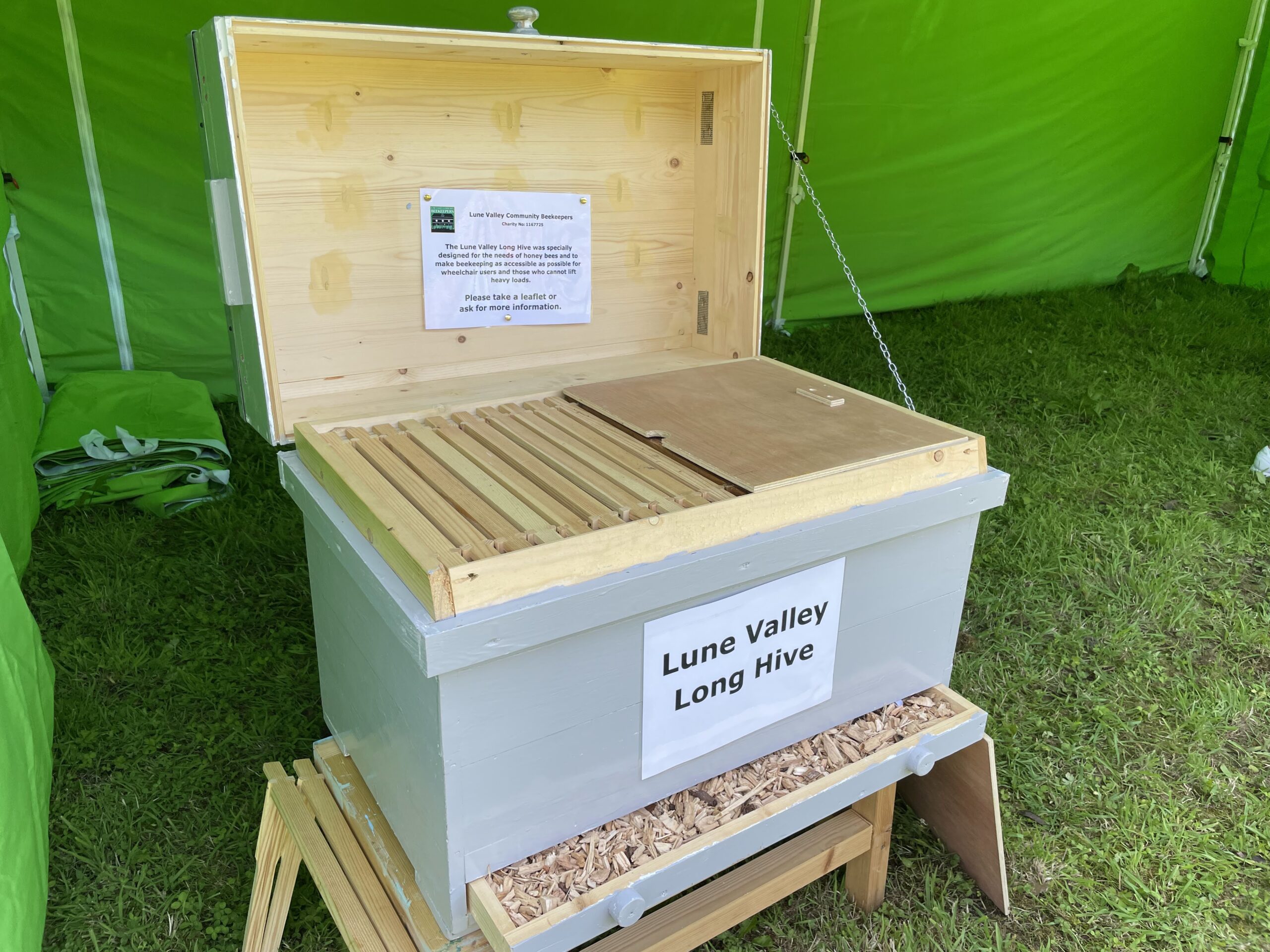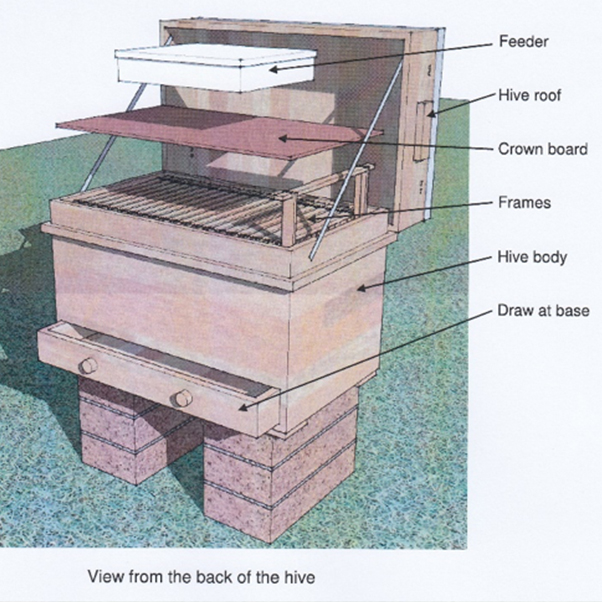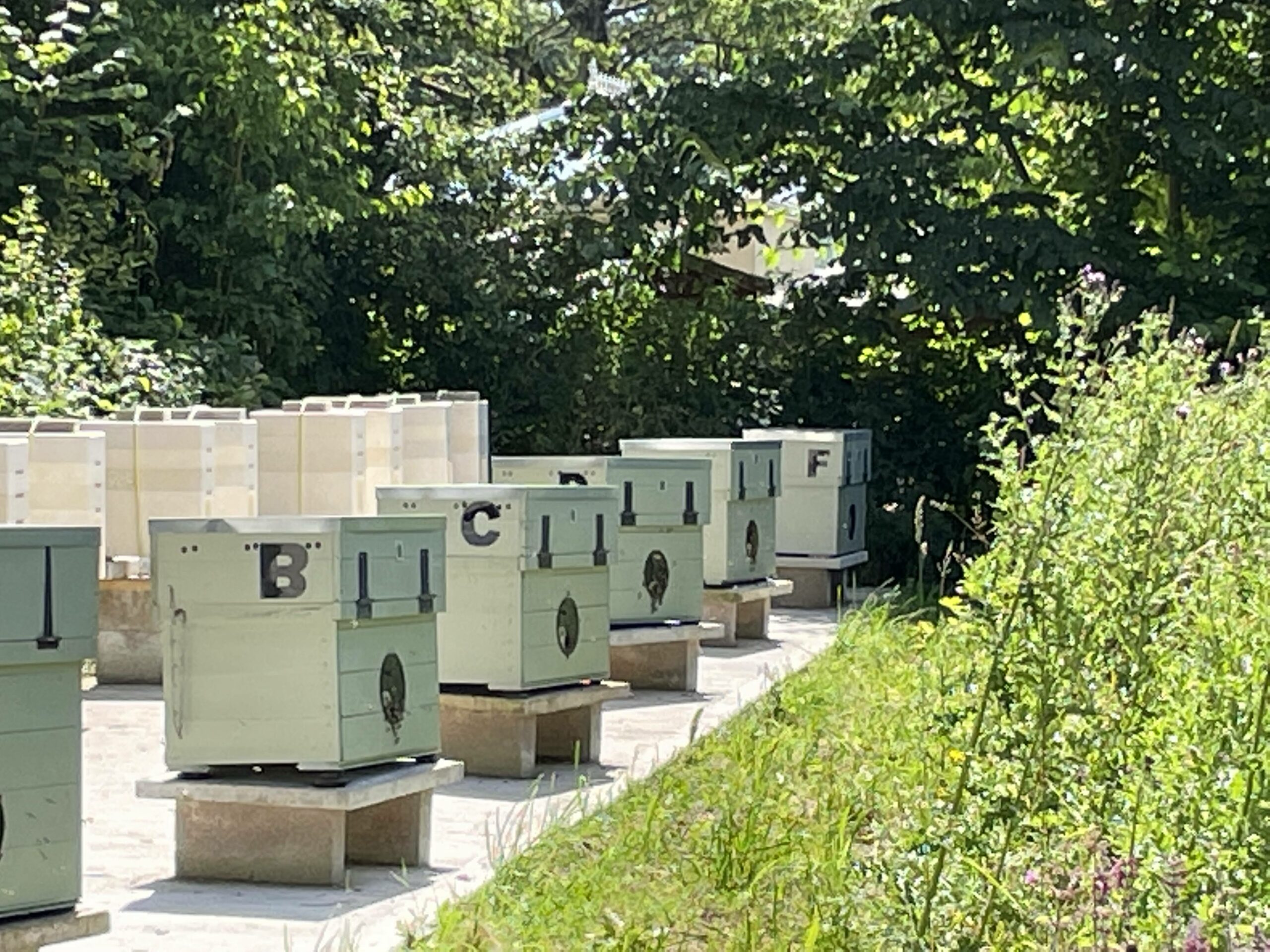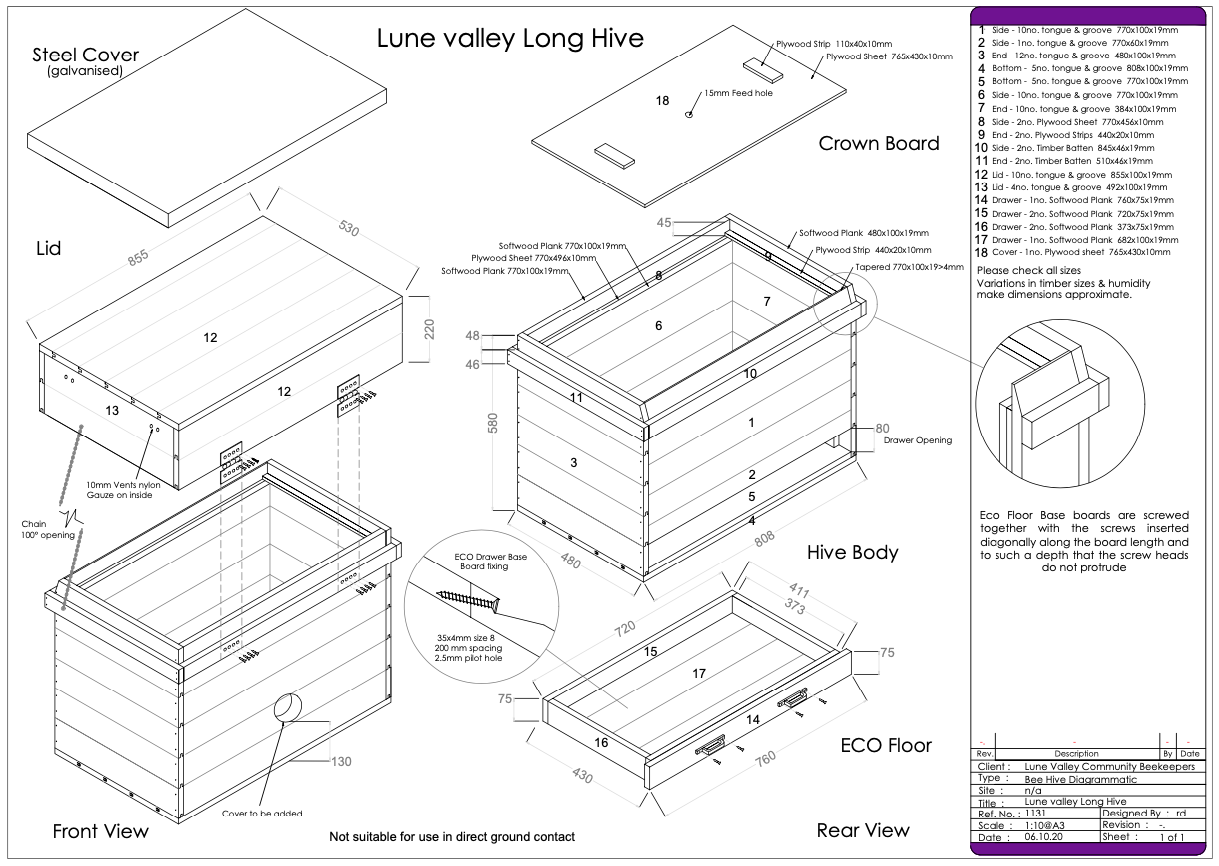Ideal for New and Experienced beekeepers
Only £485 – including frames and feeder
Available exclusively from Lune Valley Beekeepers
Free Beehive plans (PDF) below – for competent DIY enthusiasts
After experimenting with various long hive designs over a number of years, we have developed the Lune Valley Long Hive – an innovative but simple long hive based on the original Layens hive.
At our apiary in Lancaster we use these hives to successfully keep bees and rear new queens in our dedicated program area. These hives and bees, members and non-members can buy, and they have been sold locally from Kendal to Preston in Lancashire.
Long hives
In the wild, honey bees seek out hollows in trees or cracks in cliffs to build their nests. Any dry cavity of not less than 1.5 cubic feet which has an entrance that can be defended and is preferably 10ft or more above ground will do. If the cavity is in the trunk of a tree the bees will build a long vertical nest whereas, in the bough of a tree or crack in a cliff, they will build a horizontal nest. The reality is, provided it meets their basic requirements of being sufficiently large, dry and defendable, honey bees will adapt to their surroundings and build a nest that suits.
Whilst conventional hives are designed to house vertical nests, long hives have many advantages that should not be overlooked. These include:
- having the entire hive at a convenient working height – a considerable advantage for shorter people and those in wheelchairs
- lifting is limited to individual frames
- there is no need for additional brood boxes, supers etc.
- much greater insulation
- the hive can be used for conventional frames or top bars.
All the manipulations that can be carried out in a vertical hive can be achieved in a long hive, although the methodology is different. The only disadvantage of a long hive is that once set up, it cannot be easily moved.
Insulation
A natural bee nest in a hollow tree is insulated by 3” to 6” of wood resulting in very low heat transfer through the wood. This means that the bees do not need to expend great amounts of energy in keeping their nest warm in winter and cool in summer.
Conventional hives have wooden walls of around 0.5” thickness resulting in high levels of heat transfer, in and out. The Lune Valley Long Hive has a double wooden wall of 2” thickness which improves insulation by five times, significantly reducing the bees’ workload and more closely replicating the natural state.
Biological sumps
In the wild many bees nest in hollow tree trunks. Over time, the bottom of the hollow gets filled with wood shavings, wax droppings, dead bees etc, which then acquires a population of organisms. Whilst the benefit of the wood shavings in helping the bees to control moisture levels is well documented, new research is beginning to show that the organisms and micro-organisms in the debris create a beneficial symbiotic relationship with the bee colony. The Lune Valley Long Hive has a fitted drawer which can serve either as a sump or to measure varroa drop.
Essential features:
- Designed by bee-centric beekeepers for bee-centric beekeepers
- Comfortably houses one colony of bees without the needs for additional supers or brood boxes
- Can be used with 14 x 12 frames (recommended), standard brood frames or top bars
- Has a removable floor tray which can act as a biological sump or a debris board for varroa counts
- Has 2” thick wooden walls which provide five times more insulation than a standard hive
- Has roof space for a jumbo feeder
- Is manufactured locally
- Is constructed from softwood in order to reduce costs but will need an external preservative.
Despite its high specification, it is economically priced whilst offering exceptional value for money.
To order a hive click here
